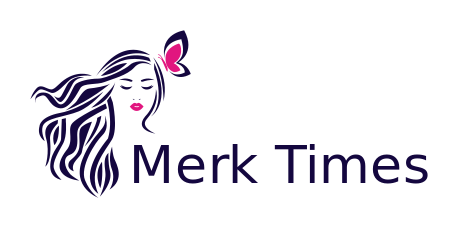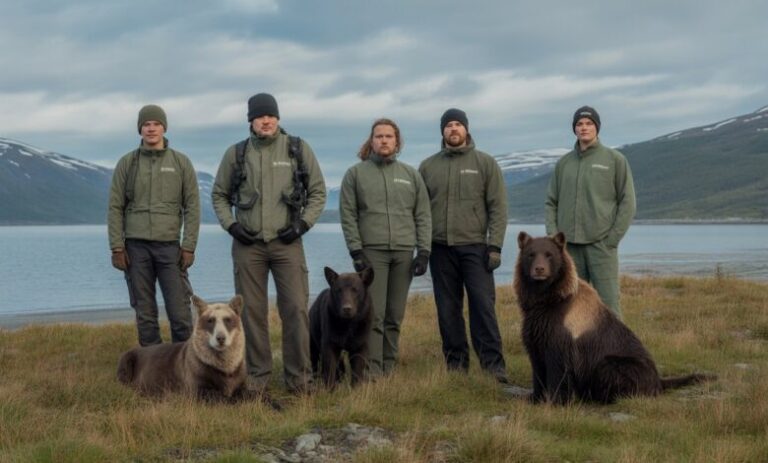In this article, we will explore the concept of viltnemnda, its role in society, and why it’s an essential part of the governance and wildlife protection framework in many countries. Whether you’re a legal professional, an environmental enthusiast, or simply curious about the topic, this guide will provide an easy-to-understand overview.
What is Viltnemnda?
Viltnemnda is a term often used in Scandinavian countries, particularly in Norway, to refer to a local body or committee that deals with issues related to wildlife and hunting regulations. The term can be roughly translated as the “wildlife board” or “hunting committee.” These bodies are responsible for ensuring the sustainable management of wildlife resources and for upholding laws related to hunting and environmental protection.
The viltnemnda typically consists of experts, local authorities, and sometimes representatives from environmental organizations. Their mission is to ensure that hunting and wildlife management are carried out in a way that is both sustainable and respectful of the natural ecosystem.
The Role and Function of Viltnemnda
The core responsibilities of the viltnemnda revolve around the protection and management of wildlife. This includes enforcing hunting regulations, protecting endangered species, and managing the population of certain animal species. Let’s break down the primary duties of the viltnemnda.
1. Regulating Hunting Practices
One of the most crucial functions of viltnemnda is to regulate hunting practices. Hunting laws are designed to protect wildlife populations, maintain biodiversity, and prevent overhunting. The committee sets hunting quotas, determines hunting seasons, and enforces restrictions on hunting methods.
For example, viltnemnda may set limits on how many animals of a certain species can be hunted each year, ensuring that the population remains stable. They also monitor hunting techniques to ensure that they comply with ethical standards and don’t harm ecosystems unnecessarily.
2. Wildlife Conservation
The viltnemnda is also heavily involved in wildlife conservation. This includes monitoring the health and population of different species, especially those at risk of extinction. The committee works closely with conservationists and environmental groups to develop and implement strategies that protect vulnerable species.
By evaluating the state of various animal populations, viltnemnda can take action to ensure that conservation efforts are effective, whether that involves creating protected areas, enforcing stricter hunting laws, or conducting research into wildlife preservation techniques.
3. Conflict Resolution
In areas where human activities overlap with wildlife habitats, conflicts can arise. Viltnemnda plays a critical role in resolving these conflicts. For example, they may intervene in cases where wildlife is damaging crops or causing safety hazards on roads. In these situations, the viltnemnda might approve controlled hunting or relocation programs to manage the issue.
4. Education and Awareness
Another vital function of viltnemnda is promoting awareness and educating the public about wildlife issues. This includes informing hunters about sustainable practices, providing guidance on how to avoid harming protected species, and offering educational resources about local wildlife.
The Structure of Viltnemnda
Each viltnemnda is typically structured to include a range of experts and stakeholders, ensuring that decisions are made with comprehensive input. The members of the committee may include:
-
Local Authorities: Local government representatives who ensure that the committee’s activities align with regional policies and legal frameworks.
-
Wildlife Experts: Ecologists, biologists, and environmental scientists who provide expertise on animal behavior, conservation needs, and ecological balance.
-
Hunting Representatives: People who represent hunting associations, ensuring that the voices of hunters are heard in the decision-making process.
-
Environmental Advocates: Representatives from conservation organizations who advocate for animal welfare and the protection of habitats.
Chairperson
The chairperson of viltnemnda is responsible for leading the committee and ensuring that meetings are well-organized and productive. They often act as the spokesperson for the group and represent the committee in official matters.
Wildlife Biologists
Wildlife biologists play a crucial role in informing the committee about animal populations, behavior, and health. Their expertise is necessary to make informed decisions about hunting quotas and conservation strategies.
Legal Advisors
Legal advisors ensure that all decisions made by viltnemnda comply with national and international laws regarding wildlife protection and hunting regulations. They provide critical advice on the legal implications of the committee’s actions.
The Importance of Viltnemnda in Wildlife Management
Viltnemnda plays a significant role in ensuring the sustainability of wildlife populations. Without effective management, certain species could face extinction, and ecosystems could be disrupted. The viltnemnda’s careful oversight helps maintain a healthy balance between human activities, such as hunting, and the natural environment.
Balancing Human and Wildlife Needs
There is often a delicate balance between the needs of local communities and the welfare of wildlife. For example, in rural areas, hunting can be an important tradition and a source of food. However, unchecked hunting can lead to overpopulation or depletion of species. Viltnemnda is vital in regulating this balance, ensuring that hunting practices are sustainable while also addressing human needs.
Ensuring Biodiversity
Biodiversity is critical for maintaining healthy ecosystems. Viltnemnda helps protect not only endangered species but also ensures the overall health of local ecosystems by maintaining the diversity of flora and fauna. Their efforts in managing wildlife populations can prevent the decline of biodiversity and help preserve the natural heritage of the region.
1. Climate Change
Climate change presents an ever-growing challenge to wildlife management. Shifting weather patterns, rising temperatures, and changing seasons can affect animal migration patterns, breeding cycles, and food sources. Viltnemnda must adapt to these changes and adjust hunting quotas and conservation practices accordingly.
2. Illegal Hunting and Poaching
Despite the regulations put in place, illegal hunting and poaching remain significant challenges in wildlife management. Viltnemnda works closely with law enforcement agencies to prevent these illegal activities, but it requires continuous efforts to track, regulate, and enforce laws against poaching.
3. Human-Wildlife Conflicts
As human populations grow and urban areas expand, conflicts between humans and wildlife become more common. Wildlife encroaching on farmland, forests, and populated areas can lead to crop damage, accidents, and other risks. Viltnemnda needs to strike a balance between protecting human interests and ensuring that wildlife is preserved.
How Viltnemnda Supports Local Communities
The work of viltnemnda isn’t only about protecting wildlife; it also has significant benefits for local communities. By managing hunting and wildlife resources sustainably, these committees help ensure that animal populations remain healthy and that hunting continues to be a viable practice for future generations.
Economic Benefits
Sustainable hunting and wildlife management can have significant economic benefits. Many local communities rely on hunting for food, income, and tourism. By regulating hunting and ensuring that wildlife populations remain stable, viltnemnda helps create opportunities for eco-tourism, hunting tourism, and the sale of wildlife products.
Cultural Preservation
Hunting is often an important cultural tradition, particularly in rural communities. Viltnemnda helps preserve these traditions by ensuring that hunting practices are conducted sustainably and ethically, allowing future generations to continue these practices while maintaining ecological balance.
Conclusion: The Vital Role of Viltnemnda
In conclusion, viltnemnda is a vital institution that plays an essential role in the sustainable management of wildlife. Through its work in regulating hunting, conserving endangered species, and balancing human and animal needs, viltnemnda helps protect the natural environment while also supporting local communities. While it faces challenges like climate change and illegal poaching, its continued efforts are critical for the future of both wildlife and humans alike.
By understanding the importance of viltnemnda, we can appreciate the complex balance that must be struck between nature, humanity, and the laws that govern them.

